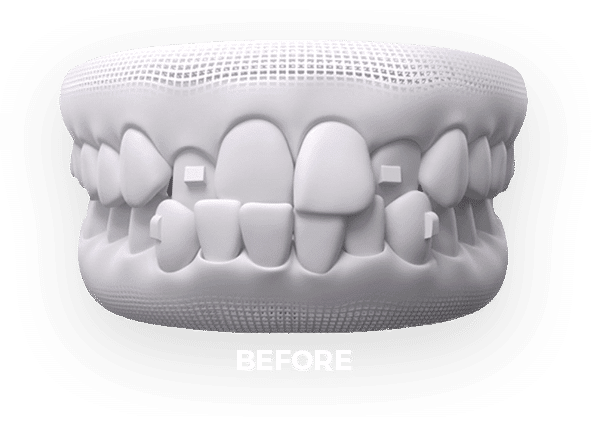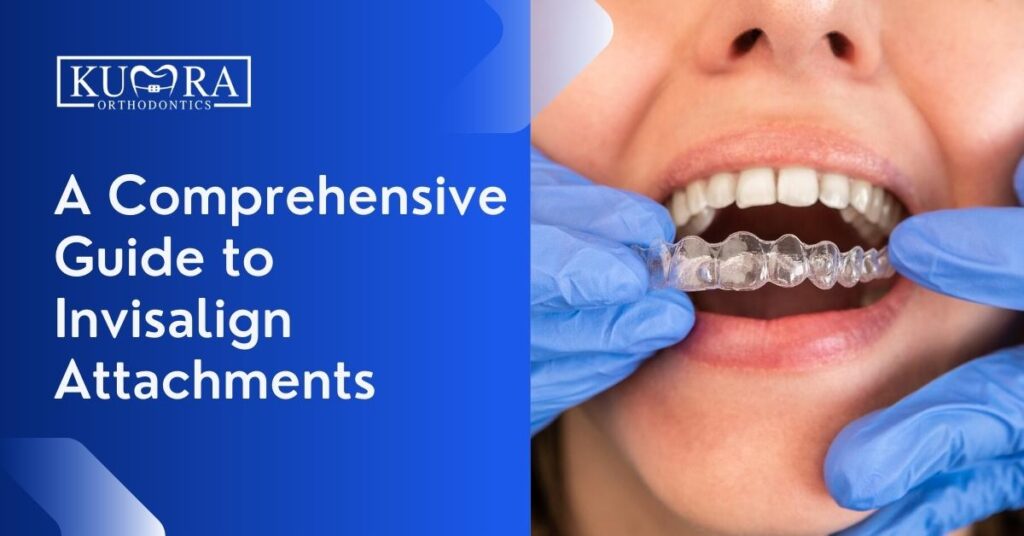Leading Factors to Pick Invisalign Over Other Orthodontic Treatments
Leading Factors to Pick Invisalign Over Other Orthodontic Treatments
Blog Article
Invisalign vs. Standard Dental braces: Which Option Is Right for You?
When thinking about orthodontic therapy, the choice between Invisalign and traditional dental braces provides a number of essential factors that warrant mindful examination. Invisalign provides a discreet choice with detachable aligners, while conventional dental braces provide an extra noticeable yet efficient solution for extreme misalignment.
Overview of Therapy Choices

On the other hand, conventional dental braces are composed of metal brackets and cords that are bonded to the teeth. This technique uses continuous pressure gradually to attain alignment. While efficient for intricate orthodontic issues, conventional dental braces call for regular check outs for changes and can pose difficulties in preserving dental health due to the difficulty of cleaning up about braces and cords.
Both choices have their qualities, and the choice typically rests on specific dental conditions, lifestyle preferences, and client compliance. Eventually, getting in touch with an orthodontic specialist is essential for figuring out one of the most appropriate therapy strategy tailored to private requirements. Comprehending the nuances of each choice can dramatically affect the total success of orthodontic treatment.
Visual Factors To Consider
A substantial aspect affecting the option between Invisalign and standard braces is the aesthetic appeal each treatment supplies. Invisalign aligners are crafted from clear plastic, making them virtually invisible when worn. This discreet look is especially attracting adults and teenagers who may feel awkward concerning their orthodontic therapy. The capability to keep an all-natural smile throughout the alignment process can substantially boost the patient's self-confidence in professional and social setups.
In comparison, conventional dental braces consist of steel brackets and cords, which can be a lot more visible. While advancements in orthodontic modern technology have brought about the advancement of smaller sized brackets and tinted elastics, traditional dental braces still maintain a more obvious profile. For some people, the visibility of dental braces might discourage them from looking for necessary therapy.
Ultimately, the option in between Invisalign and standard dental braces may depend upon individual preferences pertaining to aesthetic appeals. People who focus on discernment usually favor Invisalign, while those that are less worried concerning presence may go with conventional dental braces. Understanding the aesthetic ramifications of each alternative is important for making an educated choice that aligns with one's way of life and choices.
Convenience and Convenience

In regards to ease, Invisalign aligners are detachable, allowing clients to enjoy their favored foods without constraint and preserve optimal dental health. Brushing and flossing are streamlined, as the aligners can be secured during these routines, whereas typical braces require mindful steering around cords and brackets.
Additionally, Invisalign's dynamic system permits less orthodontic sees. Clients generally obtain several collections of reference aligners at when, which can streamline the therapy process and lower time spent in the orthodontist's chair. In comparison, conventional braces require normal modifications, making them less practical for those with busy routines. Invisalign. Overall, the convenience and convenience of Invisalign make it an enticing choice for several individuals looking for orthodontic therapy.
Treatment Period and Performance
While both Invisalign and conventional dental braces are reliable in fixing dental imbalances, the period of therapy can vary substantially in between both options. Normally, Invisalign therapy can take her latest blog anywhere from 12 to 18 months, depending on the complexity of the situation. The clear aligners function by gradually shifting teeth into their preferred placements, and normal follow-ups with an orthodontist aid ensure progress stays on the right track.
On the other hand, typical dental braces often require a longer dedication, generally varying from 18 months to 3 years. This results from their set nature and making use of cords and brackets, which can be a lot more reliable for complicated instances and serious misalignments (Invisalign). The treatment performance of typical dental braces is well-documented, as they enable specific changes and better control over tooth motion
Eventually, the option between Invisalign and traditional braces might depend upon both the expected treatment duration and the details oral problems available. Consulting with an orthodontist is vital, as they can supply tailored recommendations based upon specific requirements, making sure the selected method straightens with preferred results and timeframes.
Cost Contrast and Insurance Policy Choices
Cost plays a substantial function in the decision-making process for people thinking about orthodontic treatment, whether deciding for Invisalign or standard braces. Generally, the expense of Invisalign ranges from $3,000 to $8,000, while typical braces generally set you back in between $2,000 and $6,000. Factors affecting these costs consist of the complexity of the instance, the duration of therapy, and geographical place.
Insurance policy protection can significantly impact out-of-pocket expenses. Many dental insurance plans offer partial coverage for orthodontic treatments, however the specifics can vary widely. It is vital for patients to examine their insurance plan to establish the extent of protection for either option. Generally, standard braces may be extra frequently index covered by insurance coverage strategies compared to Invisalign, which some insurers categorize as an aesthetic treatment.
Additionally, a number of orthodontic methods supply flexible layaway plan, making both therapy options more accessible. Individuals must inquire regarding prospective funding alternatives and price cuts for ahead of time settlements. Evaluating the total cost, including insurance benefits and payment plans, is vital for making a notified choice that straightens with both visual choices and budget plan considerations.

Conclusion
In summary, the choice in between Invisalign and typical dental braces rests on several aspects, including aesthetic choices, convenience, therapy duration, and cost. Invisalign offers a discreet, detachable alternative that assists in oral hygiene and dietary adaptability, while standard braces may be better for intricate dental issues and often come with a reduced price factor. Inevitably, examination with an orthodontist is necessary to evaluate individual conditions and figure out the most ideal treatment option for attaining ideal dental placement.
When thinking about orthodontic therapy, the option between Invisalign and typical braces offers several vital aspects that merit cautious evaluation.Contrasting Invisalign and conventional dental braces reveals distinctive treatment choices for orthodontic correction.While both Invisalign and typical braces are efficient in correcting oral imbalances, the duration of therapy can vary dramatically between the 2 alternatives.Cost plays a substantial role in the decision-making procedure for individuals thinking about orthodontic therapy, whether choosing for Invisalign or typical braces.In recap, the selection between Invisalign and standard dental braces hinges on several variables, including aesthetic choices, convenience, treatment duration, and expense.
Report this page